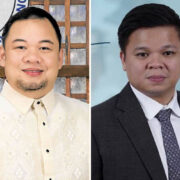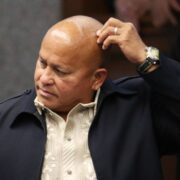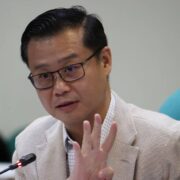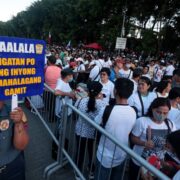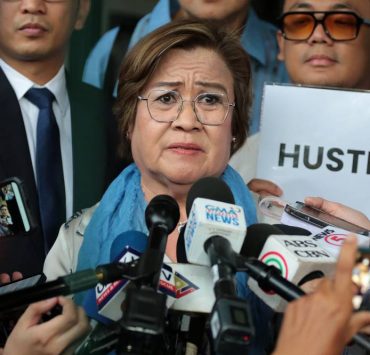Miseducation with miscoordination

The education sector suffers from a lack of a coherent plan, road map, or vision,” laments the Year One Report of the Second Congressional Commission on Education (EdCom II) titled “Miseducation: The Failed System of Philippine Education.”
The three branches of the education sector consisting of basic education, higher education, and technical and vocational education and training are seen to be moving in distinct directions with little apparent effort to harmonize programs and initiatives.
This lack of a coordinated approach in our educational system is among the factors cited to explain the sorry state of our education today, seen in our bottom-dweller status in educational outcomes across countries around the world.
In a past article (“An education trinity czar?” 1/30/24), I recalled how in 1991, EdCom I led to splitting of the former Department of Education, Culture and Sports into the Department of Education (DepEd), Commission on Higher Education, and the Technical Education and Skills Development Authority—also known as the “trifocalization” of Philippine education.
Chaired by then Sen. Edgardo J. Angara—the late father of newly appointed Education Secretary Juan Edgardo “Sonny” Angara—EdCom I saw the need for coordination under the trifocalized structure. Thus, it proposed the creation of a national council for education to “maintain system integration and program unity at the highest level of the education system.”
But it was nearly a decade later in 2000 that the National Coordinating Council for Education (NCCE) was finally created via Executive Order No. 273. For reasons cited in my previous article, the NCCE failed to work as hoped.
In 2004, the World Bank noted how “the current lack of an integrated leadership in the education sector cripples the ability of the policymakers to act strategically across the sub-sectors.” The NCCE was abolished seven years later by EO 652 and was replaced by the Office of the Presidential Assistant for Education, later subsumed under a Presidential Task Force for Education.
But a subsequent assessment also described these as “ineffective in harmonizing policies, programs, and reform initiatives of the three co-equal education agencies given the ad hoc nature of its creation.”
How does such miscoordination hurt us? The 1998 Presidential Commission on Educational Reform saw “overlaps, gaps, inconsistencies in and non-alignment of policies, plans, and programs” across the three education agencies. Analysts note our lack of an integrated national education strategy, plan, and agenda like what Vietnam has in place, guiding all its government entities that address all levels of education.
In particular, all three branches must have a cohesive strategy for meeting the human resource needs of the Fourth Industrial Revolution driven by higher-order information and communication technologies and artificial intelligence. Failing this, the oft-cited “demographic sweet spot” (i.e., dominance of working-age people in our population profile) we will uniquely enjoy in the coming decades will be of no advantage to us.
Yes, we may have workers in large quantities, but without the right quality, we could end up merely supplying unskilled and semi-skilled workers for lower-level jobs like caregiving in countries with aging populations, and manual work that local workers overseas will not touch.
How should we fix this miscoordination? Reunification into one super department seems a tempting option, but the complexity and scale of our education system have grown considerably, which could make such a merger unwieldy and possibly counterproductive.
Strengthened coordination is urgent, and we need a strong education oversight body that will (1) coordinate the formulation and implementation of an integrated national education and workforce development strategy, plan, and action agenda; (2) independently assess key target results such as learning and employability outcomes in students; and (3) ensure timely collection and proper integration of data to inform analyses and recommendations for continuous system improvement.
While legislation to institutionalize such an oversight body would take time, the Administrative Code allows the President to form a Cabinet cluster focused on education. This must be supported by a strong technical secretariat acting as an oversight body with ready access to all three education agencies to be effective.
With the younger Angara soon to lead DepEd, he finds a golden opportunity to fulfill his late father’s unfinished mission to fix Philippine education and leave a vital legacy. He could well be the primus inter pares to lead and steer the proposed Cabinet education cluster to fix the miscoordination and miseducation that has plagued us for decades, and threatens our future for decades to come.
cielito.habito@gmail.com




